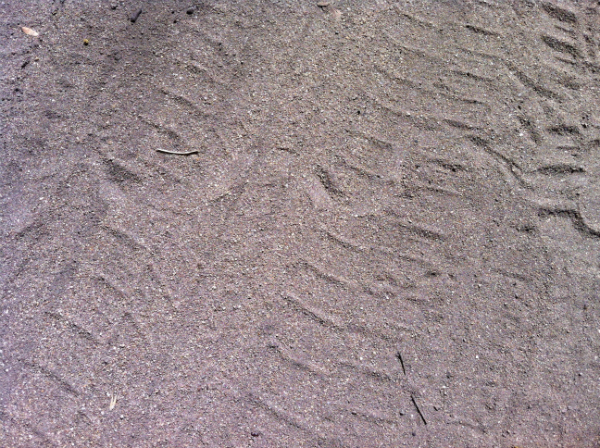Making Habitat - Living with Snakes
/In addition to building soil, starting a CSA and establishing a diverse fruit orchard, we have spent five years planting native corridors, putting in water for the local fauna, and building habitat. As farmers trying to work with nature, our thoughts have been that everything has it's place and it's specialty- Birds can see a caterpillar before we do and they will eat it before we will too!- Chickens till earth better then we do, as well as eating low lying invertebrates- Frogs, skinks and blue tongue lizards are better and far more efficient then we are at dealing with slugs, snails and slatters. All we need to do is make the right habitat and these creatures will come to help us. The food web is not exclusive though. Invite frogs and you are providing food for snakes. And snakes are far better at dealing with mice and rats then we are, right?
We have been tracking snakes this summer. Wish I had a great snake photo to show but, in truth, coming upon a big Tiger Snake as thick as Peter's forearm, extremely fast moving, and old enough to have a flat head from jaw displacement, all you are really thinking about is freezing and walking backwards.
For those outside of Australia, Tiger Snakes carry deadly venom- most of the snakes in these parts do. Tiger snakes are both blind and deaf. Most bites are a result of someone stepping on the snake or grabbing it while gardening. They do rear up...although from what we can gather, this is due to provocation. They are shy in nature. Their venom, though, contains powerful neurotoxins, coagulants, haemolysins and myotoxins which require immobilization of the bite area and immediate medical attention. When we see a snake, we are not thinking about photos. We are thinking about keeping a careful eye on where it is going and not provoking it to do anything but keep on its way.
Here we are...in their territory- territory rediscovered by them...or...maybe we are the ones rediscovering the snakes. We hypothesis that the big snake has been here for some time and we have only been tracking her for the past two years. But she is not alone...there are others as the tracks tell!
While writing this post may limit the number of summer visitors we have, we know that we are not the only ones living with snakes. I thought I would share some of the information we have found on snake identification, bite treatment and snake relocation.
Snake Identification and information from Museum Victoria - They have fact sheets on Victorian snakes. They also have a search page which allows you to select land snake, sea snake, python or blind snake and then thumb nail photos appear showing the same snake in different areas to help with identification.
First aid treatment for bites and Applying a pressure immobilisation bandage - Complete with illustrations - from the Australian Venom Research Unit
Here is a detailed explanation on the venom of the Australian Tiger Snake put together by Clinical Toxonology Resources at the University of Adelaide.
Also snake identification, education and snake relocation in the Melbourne area - The Snake Handler
For now, we are educating ourselves, our children and visiting friends, tracking, recording, offering predictions on where the snakes are going and why they are going there and trying to learn more about their role in this ecosystem.
What experiences do you have living with snakes?

















